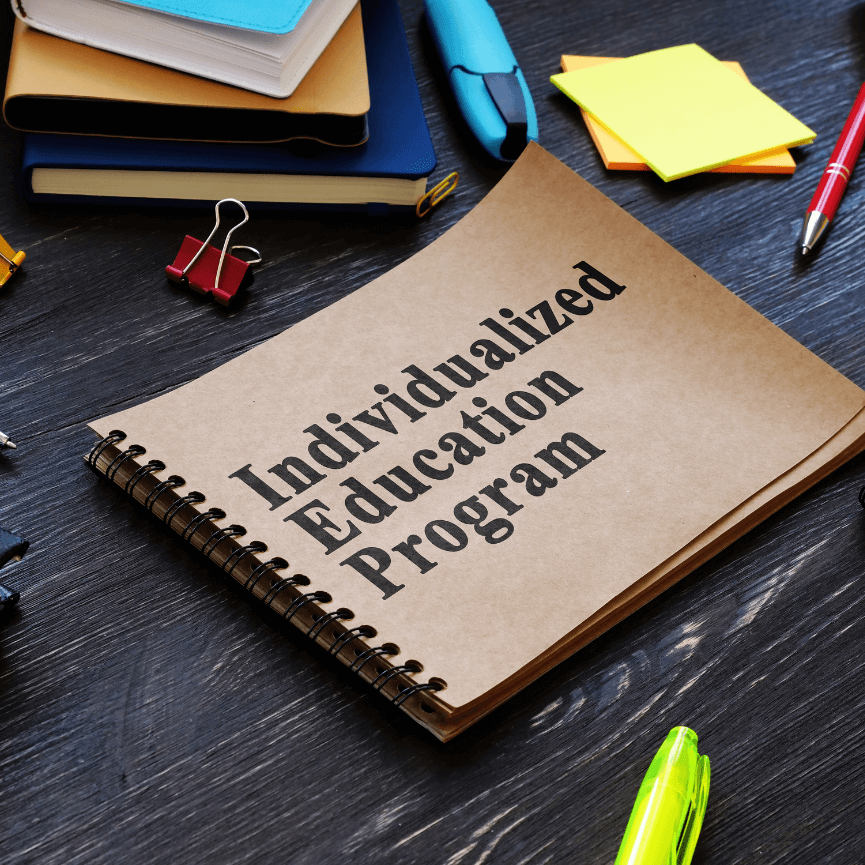
- Oct 07, 2024
- 50 Views
- 0 Comments
Navigating The Iep Process: Tips For Parents And Educators
As parents and educators, we all want the best for our children, especially when they need extra support to thrive in school. The Individualized Education Program (IEP) is a crucial part of this journey, ensuring that students with special needs receive personalized instruction and accommodations to meet their unique learning requirements. But navigating the IEP process can feel like walking through a maze — full of twists, turns, and unexpected challenges.
So, how do we make sure we’re not just following the steps but actually creating a meaningful and effective IEP? This article aims to guide you through the process, offering practical advice for both parents and educators.
What Is an IEP?
An Individualized Education Program (IEP) is a written document developed for public school children who are eligible for special education. Its purpose is to outline the specific educational needs of the child and detail the services and accommodations that will be provided to help them succeed.
The IEP is more than just a formality. It's a legal document, protected under the Individuals with Disabilities Education Act (IDEA), designed to ensure that every child with a disability has access to a Free and Appropriate Public Education (FAPE).
Key Players in the IEP Process
A successful IEP requires collaboration from a team of individuals, each bringing their own expertise and perspective. These key players include:
- Parents: Your input is invaluable. As the child’s first teacher, you know them best and can provide insight into their strengths and challenges.
- Teachers: General education and special education teachers work together to create and implement the IEP.
- Special Education Staff: These professionals help to assess the child's needs and provide support during the development and execution of the IEP.
- School Administrators: They ensure that the necessary resources are available for the child’s education.
- Related Service Providers: Specialists like speech therapists, psychologists, and occupational therapists contribute to the IEP, especially in areas where specialized services are required.
The IEP Process Explained
Let’s break down the IEP process into six key steps:
Step 1: Referral for Special Education Services
The process often begins when a parent or teacher notices that a child is struggling and may benefit from special education services. A formal referral is made, either by the parent or school staff.
Step 2: Evaluation and Assessment
Once the referral is made, the child is evaluated to determine their strengths, weaknesses, and specific needs. This evaluation typically includes cognitive, academic, social, and emotional assessments.
Step 3: Eligibility Determination
The results of the assessment help the IEP team determine if the child qualifies for special education services under IDEA. If the child is eligible, the IEP process moves forward.
Step 4: IEP Meeting and Development
During the IEP meeting, parents and school staff come together to develop the IEP. This document will outline the child’s current performance, set measurable goals, and define the services that will be provided.
Step 5: Implementation of the IEP
Once the IEP is developed, it's time to put it into action. Teachers, service providers, and other school staff are responsible for implementing the plan and tracking the child’s progress.
Step 6: Annual Review and Reevaluation
The IEP is reviewed at least once a year, and the child is reevaluated every three years to ensure that their needs are still being met. Adjustments can be made to the plan as necessary.
Writing SMART Goals in an IEP
A core component of any IEP is the development of goals that guide the child’s education. These goals should be SMART:
- Specific: Clearly state what the child should achieve.
- Measurable: Set criteria to track progress.
- Achievable: Goals should be realistic based on the child’s current abilities.
- Relevant: The goals should directly relate to the child’s needs.
- Time-bound: There should be a timeframe for achieving these goals.
Tips for Parents During the IEP Process
Know Your Rights
As a parent, you have specific rights under IDEA. Familiarize yourself with these rights to ensure your child gets the services they need.
Be an Active Advocate
You are your child’s best advocate. Don’t be afraid to ask questions, request clarifications, or suggest changes to the IEP if you feel something is off.
Document Everything
Keep detailed records of every conversation, meeting, and document related to your child’s education. This can be invaluable if you ever need to dispute part of the IEP or request changes.
Stay Positive and Focused
The IEP process can be emotional, but staying focused on your child’s needs will help you navigate it with greater clarity and purpose.
Tips for Educators to Support a Successful IEP
Collaborate and Communicate Regularly
Good communication between the school and parents is key. Regular updates and discussions can ensure that everyone is on the same page.
Be Transparent About Progress
It’s essential to provide honest and clear feedback to parents about how their child is progressing with their IEP goals.
Individualize Instruction
Adapt teaching methods to meet the unique learning styles of the student, ensuring that the IEP is truly individualized.
Provide Social-Emotional Support
Children with special needs often require additional support beyond academics. Ensure that their emotional and social well-being is addressed.
Challenges in the IEP Process
Miscommunication Between Stakeholders
A lack of clear communication can lead to misunderstandings or delays in the IEP process.
Unrealistic or Vague Goals
IEPs with vague or overly ambitious goals can set a child up for frustration or failure. SMART goals help avoid this.
Lack of Adequate Resources
Sometimes, the school may not have the resources needed to fully implement an IEP, leading to gaps in services.
How to Create an Inclusive Environment for IEP Students
Differentiated Instruction
Using varied teaching methods allows students with different abilities to learn effectively.
Accommodations vs. Modifications
Accommodations involve changes in how the child learns, while modifications involve changes in what they learn. Knowing the difference helps tailor the IEP effectively.
Encourage Peer Support and Inclusion
Fostering a classroom culture of inclusion can help children with IEPs feel more supported by their peers.
Legal Protections for IEP Students
Under IDEA, students with disabilities are entitled to:
- Free and Appropriate Public Education (FAPE)
- Least Restrictive Environment (LRE)
- Procedural Safeguards that protect families' rights
Creating an effective and inclusive IEP is a team effort that requires collaboration, patience, and understanding. By working together, parents and educators can create an environment where every child, regardless of their needs, has the opportunity to succeed and thrive.



Comments - 0 comments till now